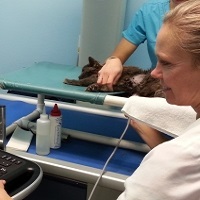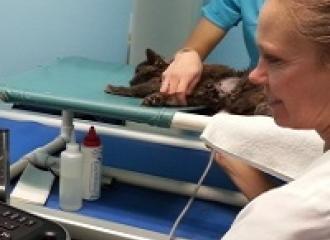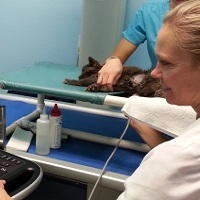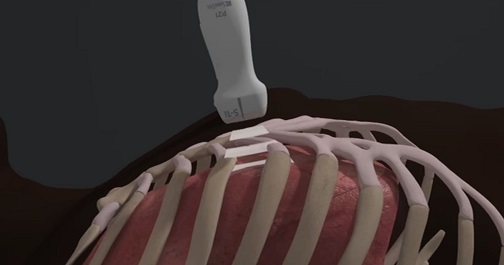In this webinar, Dr. Sarah Young demonstrates how to identify big kidneys in cats, differentiates three causes of big kidneys using ultrasound, and reviews how to recognize a fourth cause that should also be identifiable by palpation. The three causes of large kidneys in feline patients have similar findings on palpation and radiography, but characteristically different ultrasound findings that help to rapidly narrow the differential diagnoses.
VET
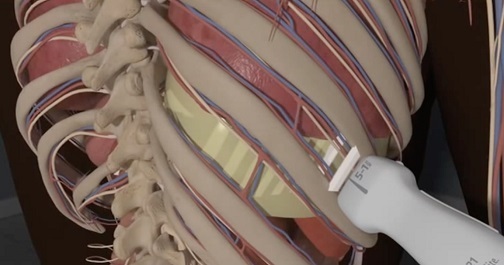
Ultrasound-Guided Thoracentesis
The Ultrasound-Guided Paracentesis course provides a basic outline of ultrasound-guided thoracentesis, including methods for image optimization, ideal ultrasound equipment settings (including transducer selection), identification of anatomical structures, and the most common procedural steps involved in performing an ultrasound-guided thoracentesis.
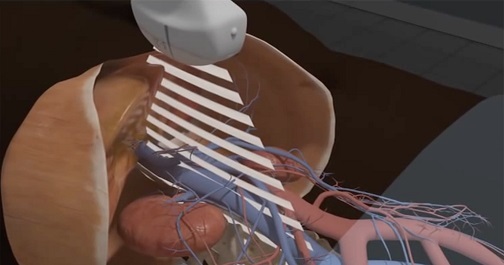
RUSH
The RUSH course is designed for medical professionals with comprehensive knowledge of the core underlying concepts of the RUSH protocol, which includes cardiac, Inferior Vena Cava (IVC), eFAST, lung, aorta, and Deep Vein Thrombosis (DVT) ultrasound examinations. Learn the RUSH protocol for assessing patients in shock.
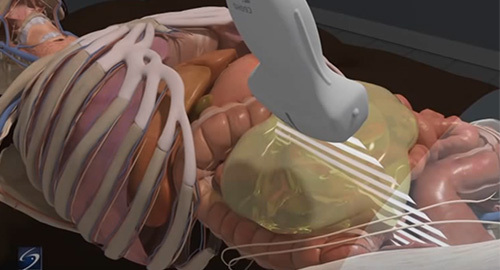
Ultrasound-Guided Paracentesis
After completing the Ultrasound-Guided Paracentesis course, viewers should be able to explain the basic outline of ultrasound-guided paracentesis, including: methods for image optimization, ideal equipment selections and settings, identification of abdominal anatomy frequently encountered during paracentesis, and the most common procedural steps involved in performing an ultrasound-guided paracentesis.
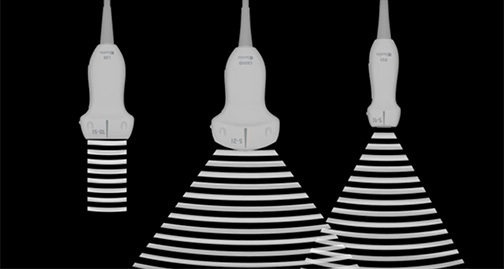
Ultrasound Instrumentation Part 1 - Basics
In this first part of the Ultrasound Instrumentation course, you will develop the confidence to understand the system components, equipment controls and settings, and techniques for necessary for creating an ultrasound image.
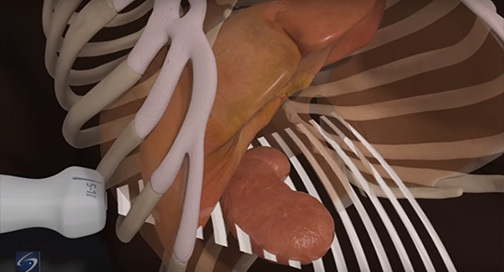
eFAST
This valuable exam assesses the trauma patient for internal free fluid collection in the thorax and abdomen. Course participants will learn to identify the internal anatomy seen during the eFAST examination on ultrasound. In addition, students must be able to recognize abnormalities commonly encountered during an eFAST exam, and determine the appropriate transducer for different patient body types.



